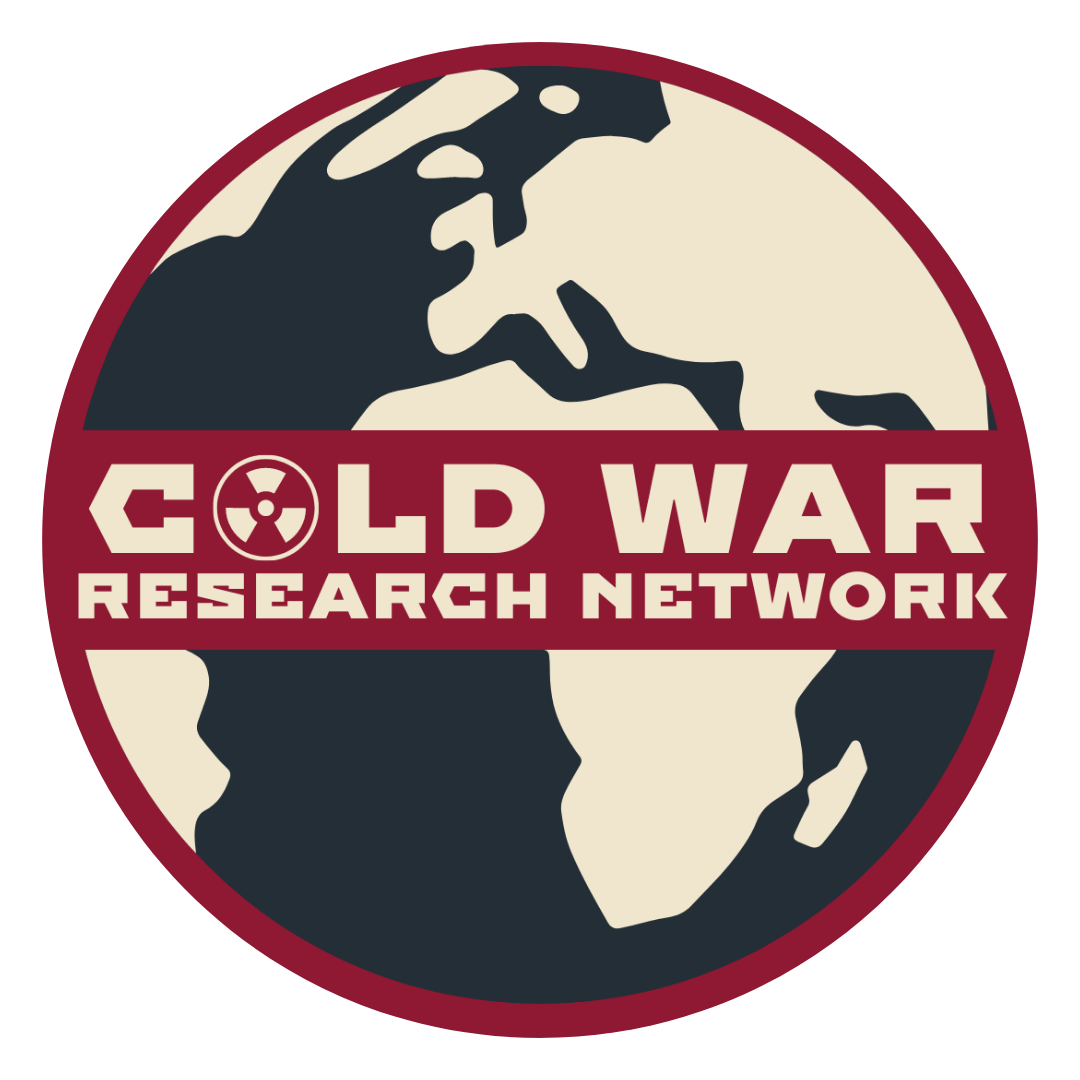Dr. Liliane Stadler

International Relations Historian (Ax:son Johnson Institute)
”The most important lesson of the Cold War is that small states matter as much as large ones do. It is common to assume that the Cold War was an ideological competition of social, political, and economic systems, which had the potential to spark armed conflict on a massive scale. Many assume that this competition revolved primarily around a capitalist order led by the United States and a communist order led by the Soviet Union. Arguably the defining feature of the Cold War period from roughly 1945 to 1991 was that there was no direct armed conflict between the two Cold War superpowers. Yet there were a number of hot conflicts across the globe during this period, some of which the superpowers lost against smaller actors. The Vietnam War is a well-known example for the United States. The Soviet occupation of Afghanistan is another. What is more, new scholarship has begun to show that smaller states had a larger influence within their respective superpower blocs than we tend to assume. In an edited volume, published in 2020, for instance, Laurien Crump and Susanna Erlandsson, have shown that smaller powers increasingly began to rely on multilateral institutions «to assert their own interests» during the Cold War.[1] Their volume analyzes seven multilateral organizations, including the Warsaw Pact, the North Atlantic Treaty Organization (NATO), the European Economic and Political Community (EEC and EPC), the Conference on Security and Cooperation in Europe (CSCE) and the UN among others. According to Crump and Erlandsson, «all authors conclude that without any of these multilateral mechanisms, the smaller allies would have been far less powerful in the face of the superpowers.»[2] This should provide food for thought for the present.”
Back

